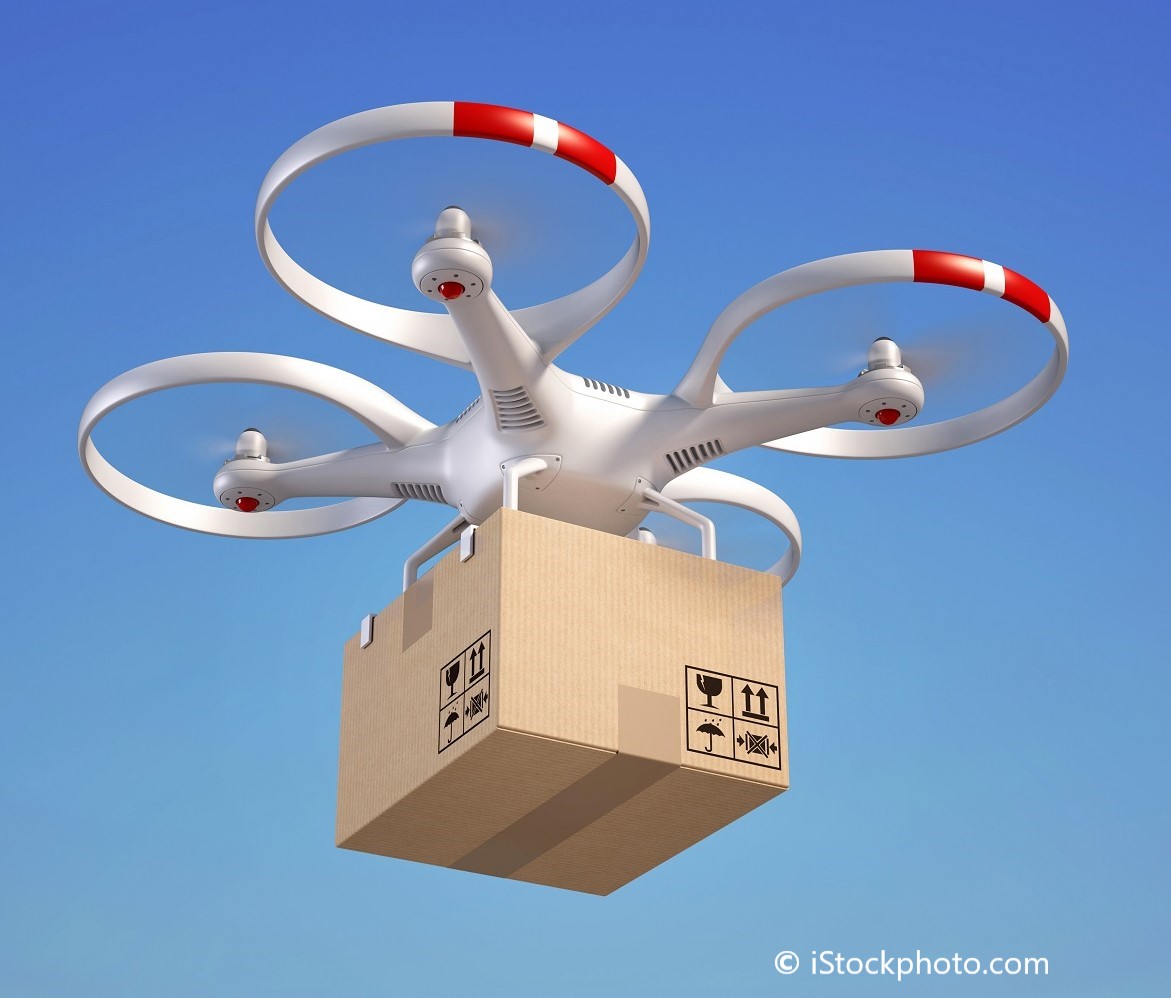24.03.2020
Use of drones to secure supplies: Adapt Permissibility of Drone Deployment for Times of Crisis
The current corona pandemic shows that the supply infrastructure quickly reaches its limits in times of crisis. Urgently needed goods such as disinfectants are running short, and deliveries are also coming to a standstill. The increased use of unmanned aerial systems - such as drones - could be a quick and efficient way of helping to secure the infrastructure.
In principle, the use of drones is regulated by the German Air Traffic Act (LuftVO). This also regulates that the overflight of industrial plants, critical infrastructures and hospitals is prohibited unless an exception is granted by the competent authority in individual cases. Only under certain conditions is the use of drones in disaster situations by organisations with security responsibilities permitted.
It is necessary to amend the legal provisions at short notice to ensure the use of drones to support medical and supply infrastructure. In the future, it is important to ensure that the widespread use of drones in times of crisis is legally permissible. Dr. Gernot-Rüdiger Engel, attorney and partner at the law firm Luther: "Drones must be deployed as quickly as possible in the air and make their contribution to overcoming such crises. The current situation shows that without future technologies such as drones, we are partially incapable of acting. In the interest of the population, we must be careful not to waste existing know-how and endanger human lives as a result,” explained Engel and the industry group head "Health Care" attorney Cornelia Yzer, who together have already provided legal support for several drone projects in the hospital sector – such as the transport of laboratory samples.
The recently enacted Commission Regulation (EU) 2019/947 of 24 May 2019 on the rules and procedures for the operation of unmanned aerial vehicles (hereinafter: Regulation (EU) 2019/947) already has the effect of fundamentally changing the rules for the operation of drones from 1 July 2020. But even the implementing regulation will not help as long as national bans remain in place.
Background
When normally obvious activities such as shopping are no longer easily possible, alternatives such as delivery services are used. But even there, capacity limits exist, which quickly leads to supply bottlenecks. As soon as it becomes completely impossible for at-risk groups to leave their homes and make appointments with doctors, for example, it becomes extremely difficult to maintain stable conditions.
Drones could be used to fly urgently needed supplies virtually right up to the living room window without a supplier carrying germs into the home. They could also be used to transport medicines, making the trip to the pharmacy unnecessary. The transport of rapid tests and many other medical products would also be conceivable. The possible applications are many and varied and could bring great relief and save lives for millions of people.
